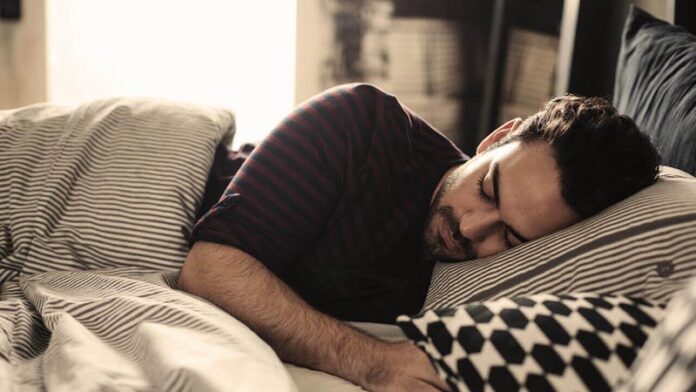Have you ever woken up with pillow prints on your face? Those temporary wrinkles, also known as sleep wrinkles or sleep creases, can be quite alarming, especially when you’re still groggy from sleep.
But what exactly causes these pillow prints, and are they a sign of a more serious problem? In this article, we’ll explore the reasons behind pillow prints, their potential implications, and how you can prevent them.
Pillow lines or sleep wrinkles occur due to uneven pressure and skin folding caused by facial or body positioning during sleep. Dermatologist Dr. Kristina Collins explains that repetitive pressure on the face is the primary cause of these temporary wrinkles.
[ Getting Your Kids Back To Normal School Routine After Long Holidays ]
Certain sleeping positions, such as side sleeping or face-down sleeping, increase the likelihood of developing pillow prints. Dermatologists can often determine the preferred sleeping side of their patients by observing the more advanced signs of aging on that side.
Aside from sleep position, other factors can contribute to the formation of pillow prints. The natural aging process, which involves the loss of collagen and elasticity in the skin, makes it more prone to developing these creases.
Additionally, the material of your bedding can impact the severity of pillow prints. Rough fabrics can create more pronounced lines, while smoother materials like silk or satin are less likely to cause them.
While pillow prints are temporary, the regular pressure on specific areas of the skin overnight can lead to long-term collagen and elastic tissue loss, as well as poor circulation in those regions.
This means that pillow prints can serve as an indicator of your skin’s overall health and elasticity. If you notice that the lines are taking longer to fade, it could be a sign of decreased skin elasticity, which is a normal part of the aging process.
Paying attention to how quickly your skin bounces back from these creases can provide insight into its condition.
To prevent pillow prints, one strategy is to try becoming a back sleeper. Sleeping on your back avoids direct contact between your skin and the pillow, making it the best position for minimizing aging effects.
If back sleeping is challenging, consider using ultra gentle pillowcases made of silk or other soft fabrics. These materials reduce friction and offer breathability, making them ideal for fighting sleep lines.
Additionally, wash your pillowcases with fragrance-free, dye-free detergent to avoid potential allergic reactions and use fragrance- and dye-free fabric conditioners to reduce friction.
Maintaining good skin health through hydration, a balanced diet, and proper skincare routines can also help prevent pillow prints. Well-hydrated and nourished skin tends to recover faster from these temporary creases.
Incorporating a skincare routine that includes products promoting collagen production and skin elasticity can be beneficial for reducing pillow prints and improving overall skin health.
Applying moisturizer before bed helps maintain a healthy skin barrier, while collagen-stimulating ingredients like retinol or peptides strengthen the skin foundation and minimize wrinkling.
Lastly, staying adequately hydrated throughout the day is crucial. Dehydration can hinder your skin’s ability to bounce back from pillow prints. By maintaining proper hydration levels, you reduce the chances of these temporary creases setting in.
Catch up with the latest news from The Times Post on WhatsApp by following our channel. Click here to join.















